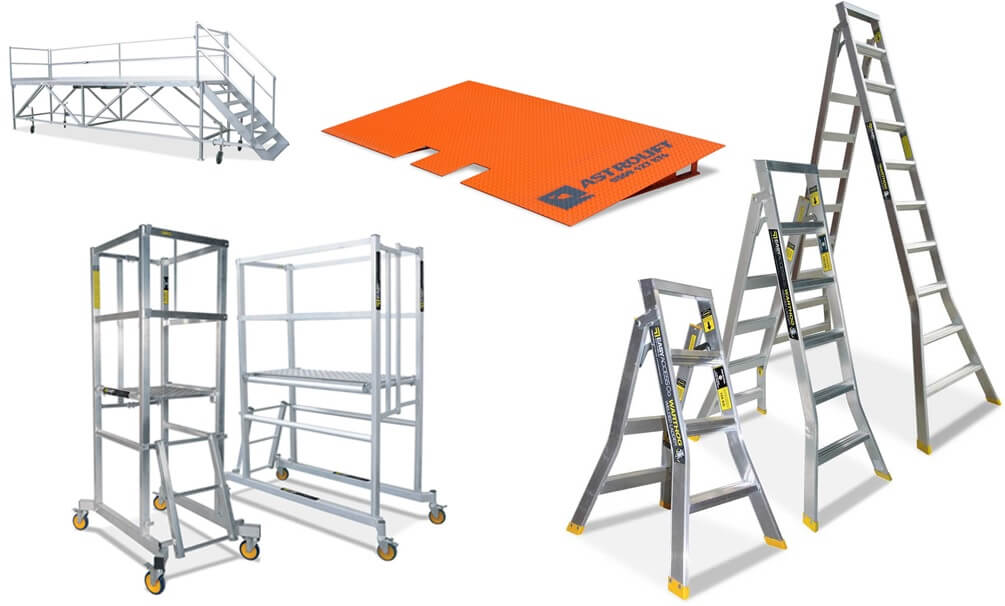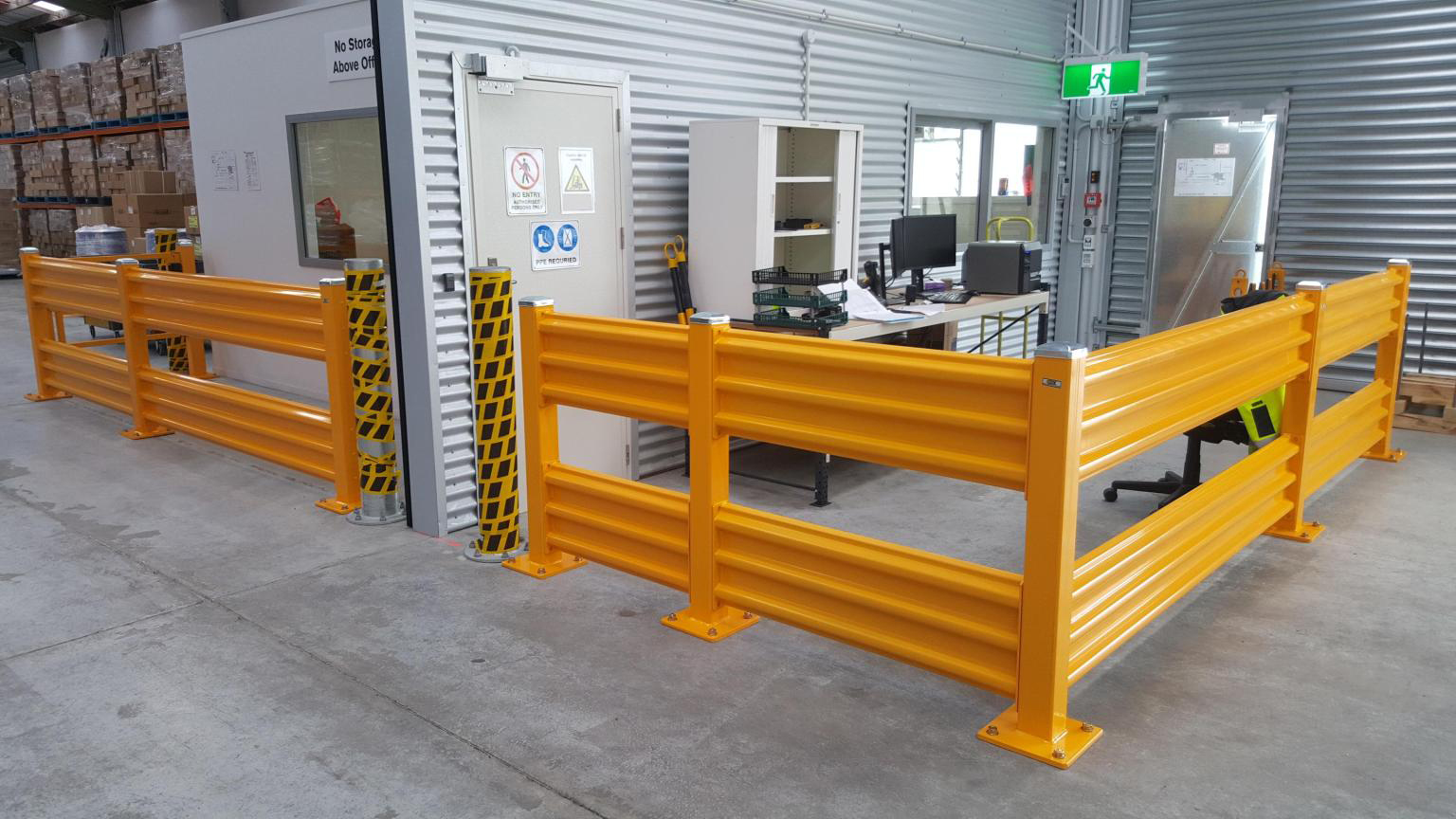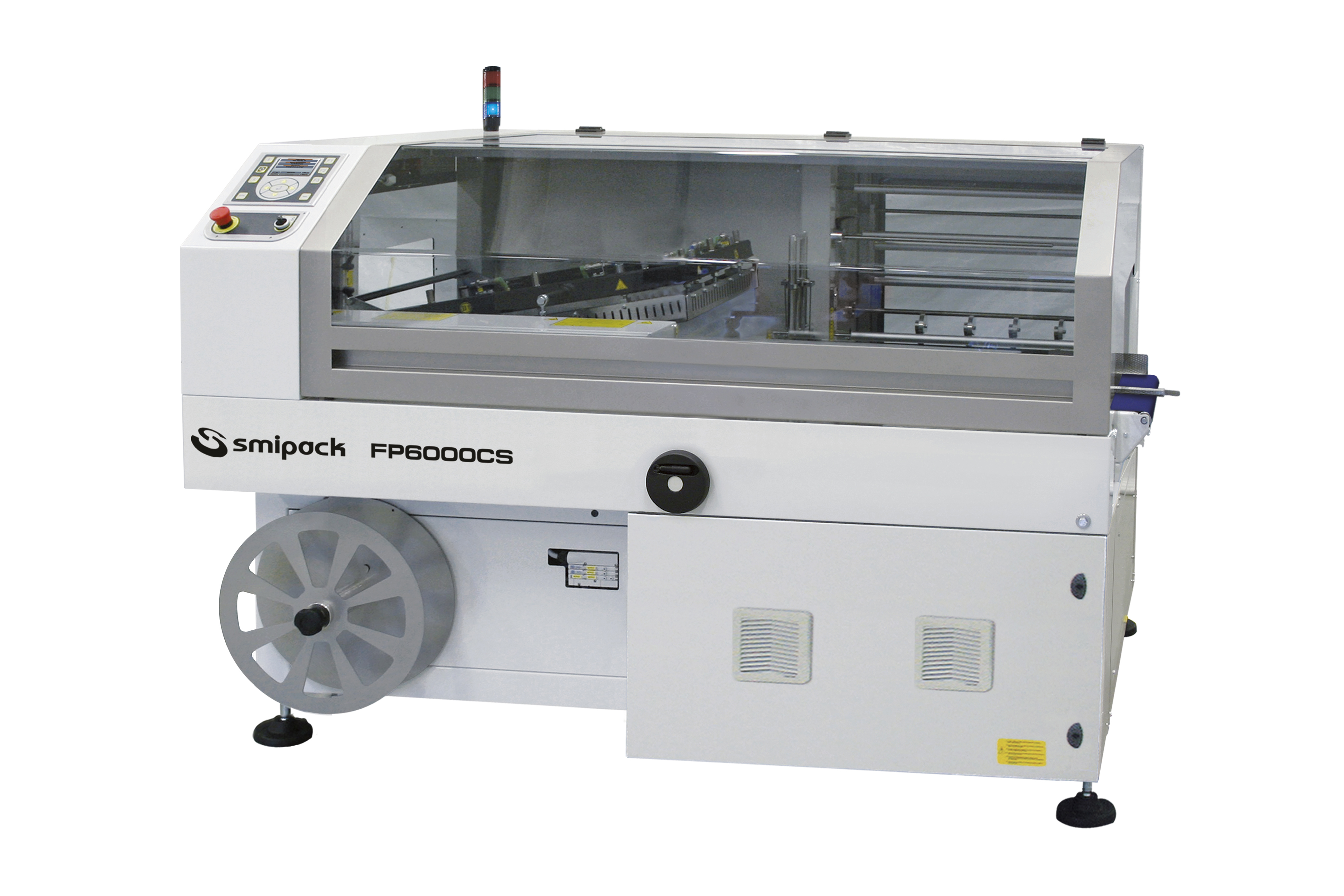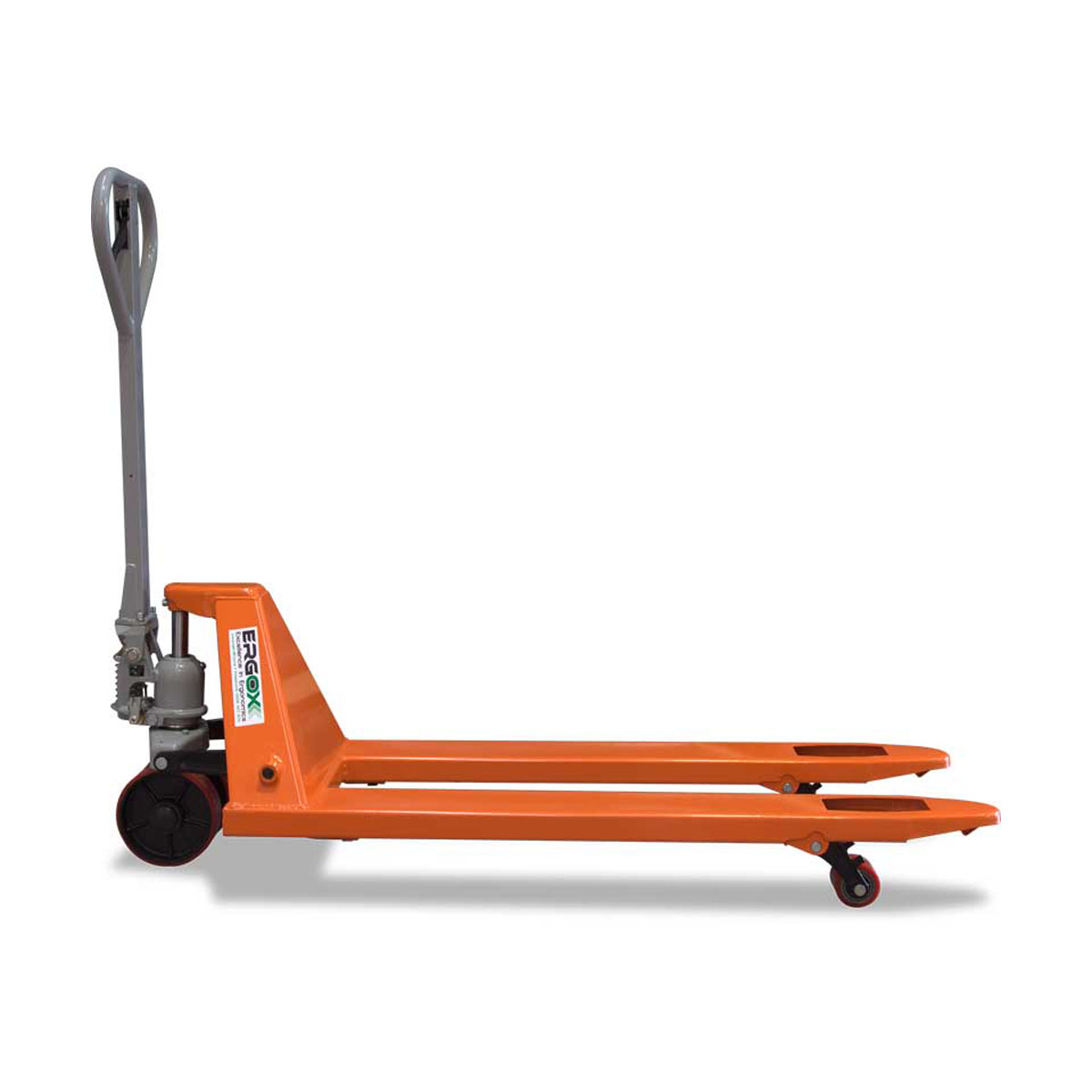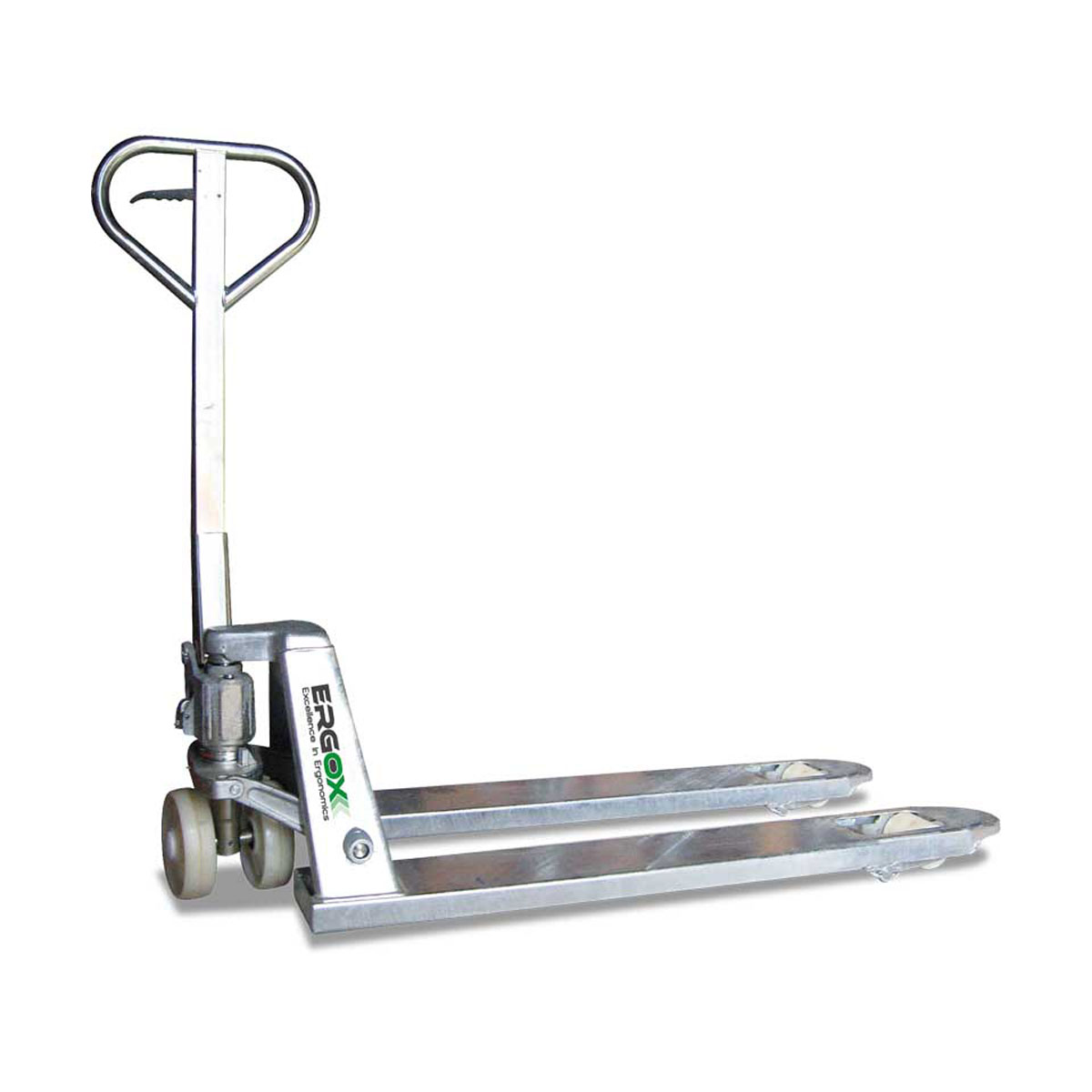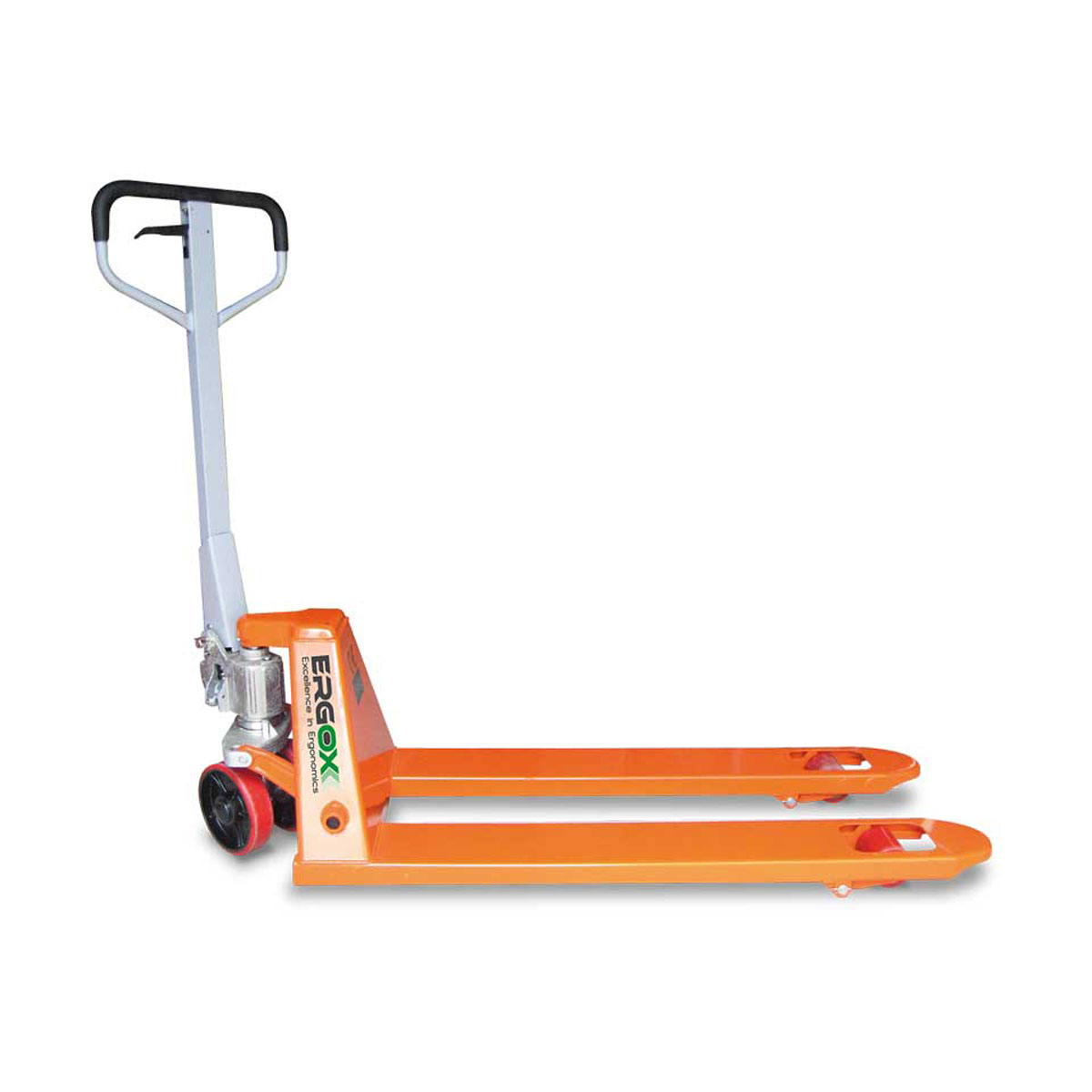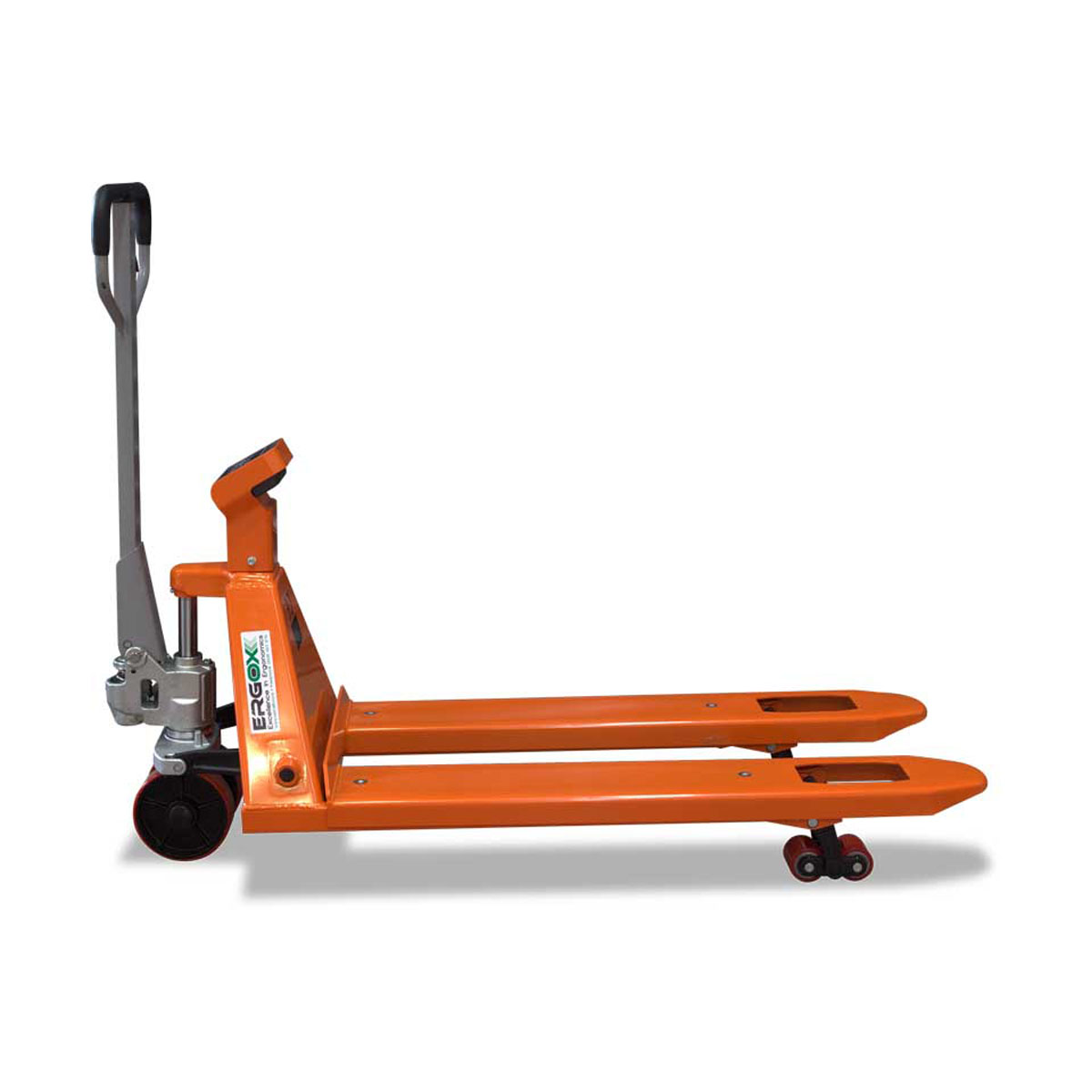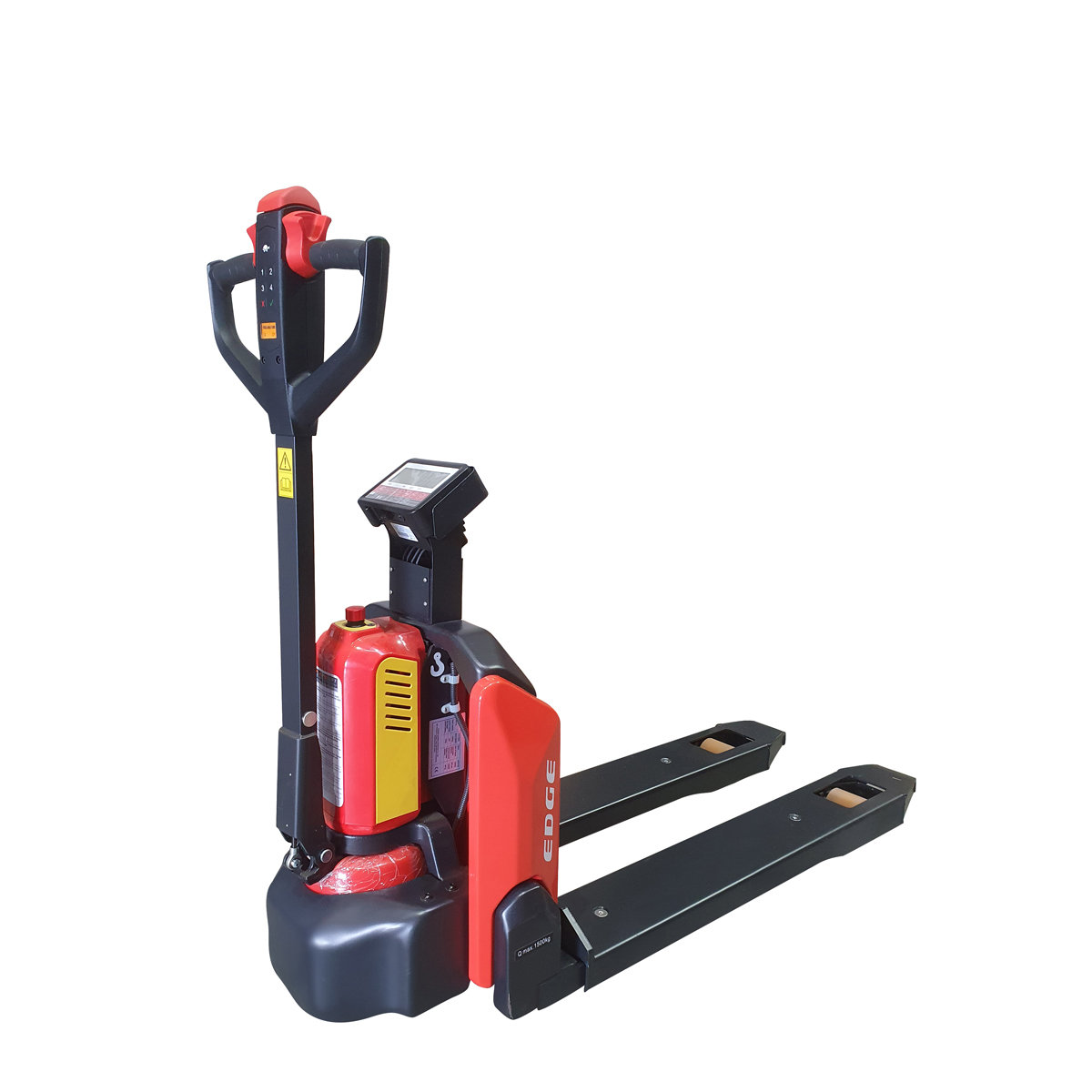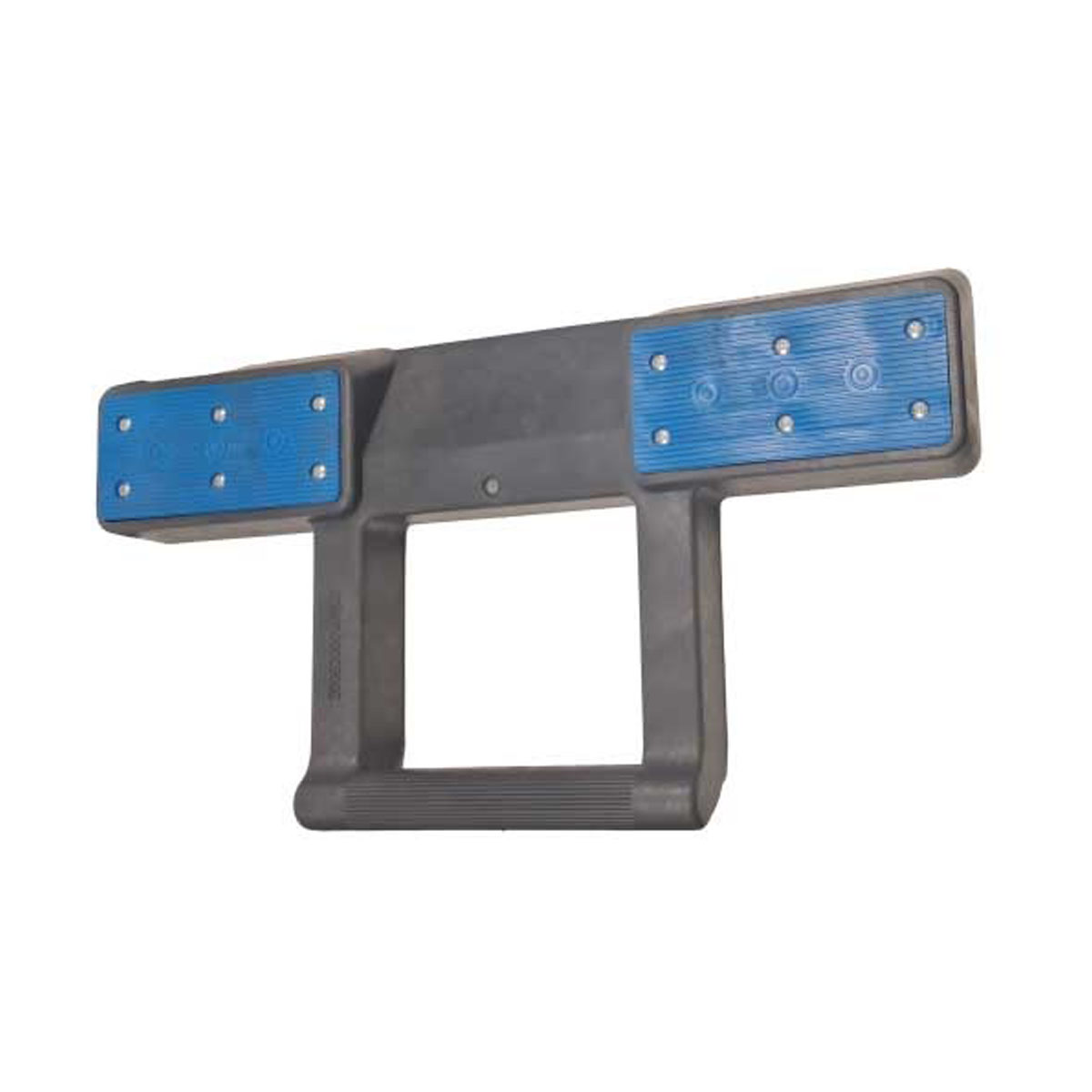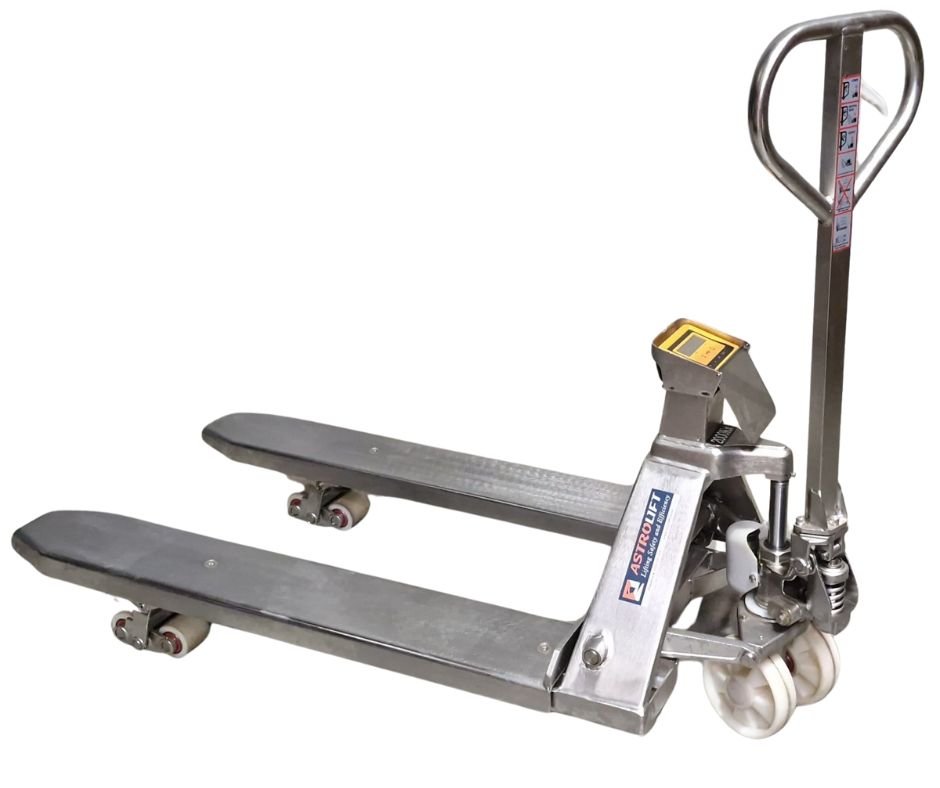Choosing the Right 2-Way Pallet Jack
When selecting a 2-Way Pallet Jack for your warehouse, consider factors such as weight capacity, lifting height, wheel material, and whether you prefer a manual or electric model.
Additionally, evaluate the specific needs of your warehouse, such as the type of pallets used, floor conditions, and available space to ensure the chosen pallet jack meets your requirements.
Electric vs. Manual 2-Way Pallet Jacks
Manual 2-Way Pallet Jacks require physical effort from the operator to lift and move pallets, while electric models use a motor for lifting and propulsion. Electric pallet jacks often provide higher weight capacities and increased efficiency, but they may require more maintenance and have a higher initial cost than manual models.
Maintenance and Troubleshooting
Proper maintenance is crucial to extend the lifespan of your 2-Way Pallet Jack and ensure safe operation. Regularly inspect the equipment for any signs of wear or damage, lubricate moving parts, and check the hydraulic system for leaks or issues. Familiarize yourself with common troubleshooting techniques to address minor problems quickly and efficiently.
Operator Training and Certification
To minimize the risk of accidents and ensure the safe use of 2-Way Pallet Jacks, operators should receive adequate training and certification. This training typically covers topics such as safe operation, proper lifting techniques, equipment maintenance, and relevant regulations.
Accessories and Customization
Many 2-Way Pallet Jacks can be customized with accessories to enhance their functionality and better suit your warehouse needs. Options may include attachments for handling unique load types, weighing scales for inventory control, or non-marking wheels for use on sensitive flooring.
Why Astrolift
Astrolift is a leading provider of warehouse equipment solutions, offering an extensive range of high-quality products, including 2-Way Pallet Jacks.


